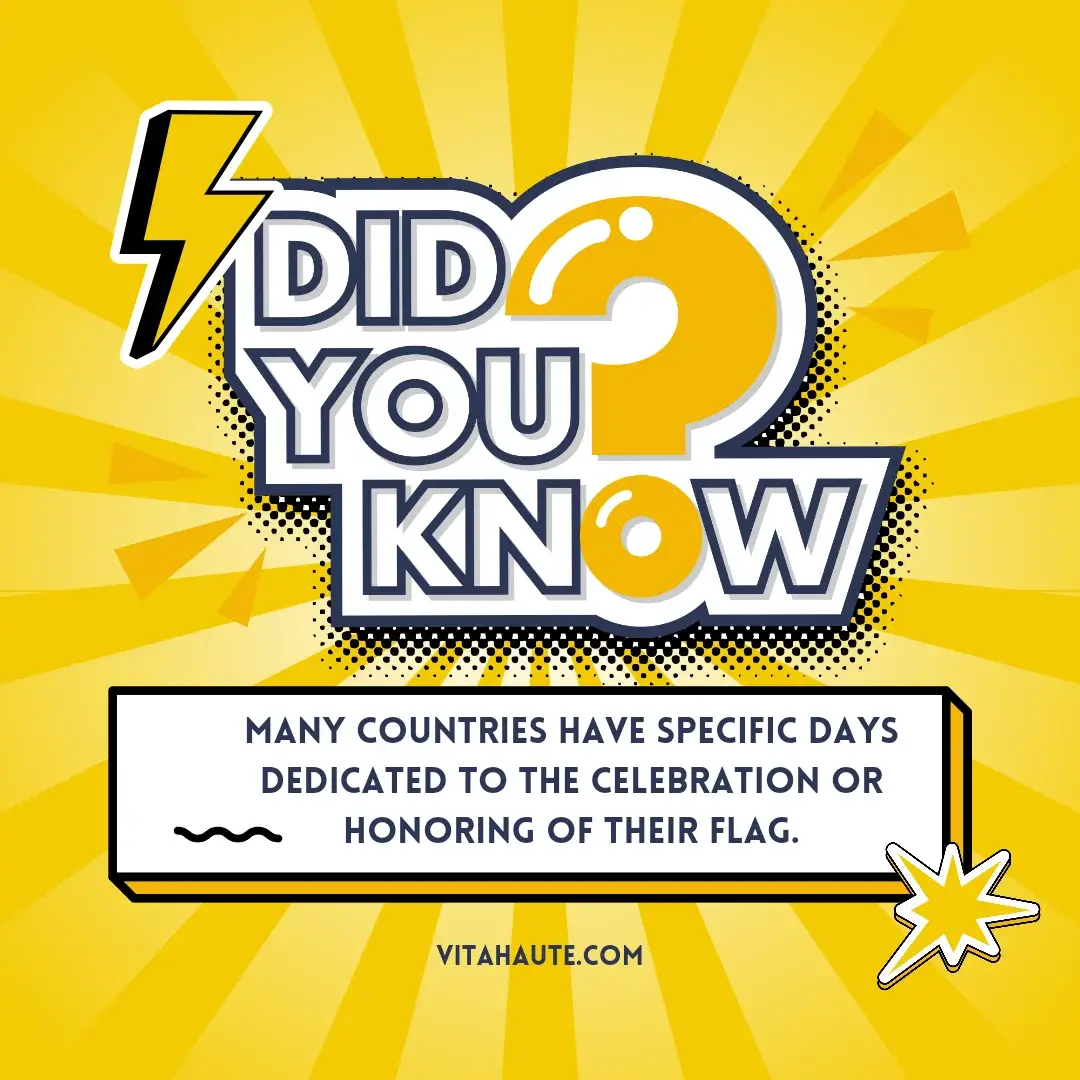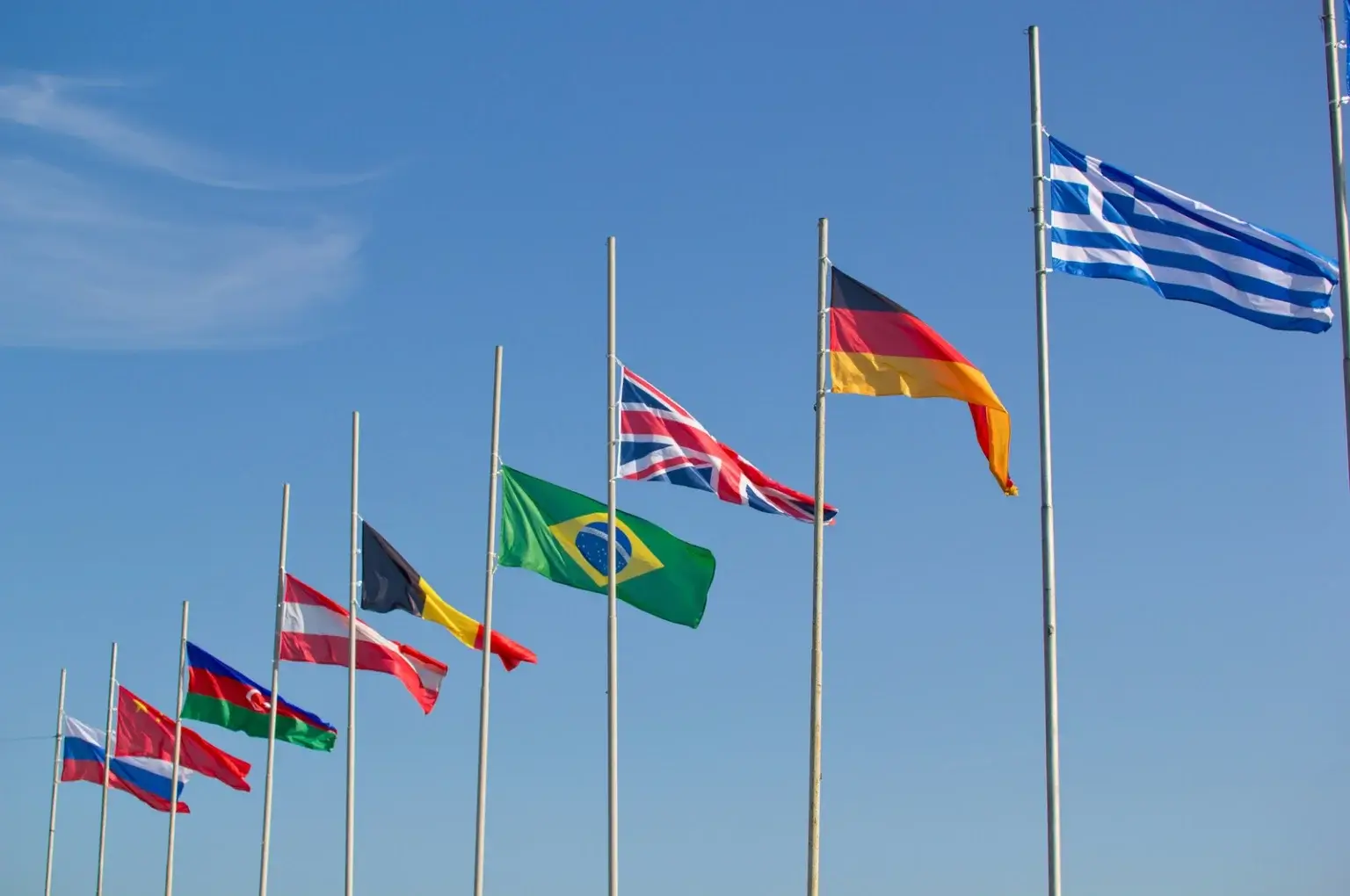Recently I discovered a newfound interest and pleasure in the flags of the world, fueled partly by my watching YouTube videos in which hosts presents the quirky side of vexillology. That’s a fancy word that means the study of flags. These videos often are humorous and can increase one’s knowledge and appreciation of national flags throughout the world.
In this post, I’d like to share with you what I think are 11 of the most beautiful flags. These are for the most part a personal choice. Your flag may have more colors or characteristics that these don’t, but I chose these because of my attraction to them. Each of the flags has something special, whether it’s the color or the symbols used in the flag, or both. After reading this post, you may learn a thing or two about your own or another country’s flag.
The Art and Symbolism of Flag Design
Flags are a blend of art and symbolism, where every color and shape is thoughtfully chosen to convey deeper meanings. The beauty of a flag often lies in its ability to encapsulate a nation’s identity and values in a simple yet powerful design. Common elements include color symbolism, where hues like red can represent courage and blue can symbolize tranquility. Geometric patterns, such as stripes and stars, often reflect historical events or geographical features. Understanding these design principles enhances our appreciation of how flags serve as both national symbols and works of art.
Let’s now explore how these elements come together in the most beautiful flags around the globe.
This post contains affiliate links. Please read our disclosure.
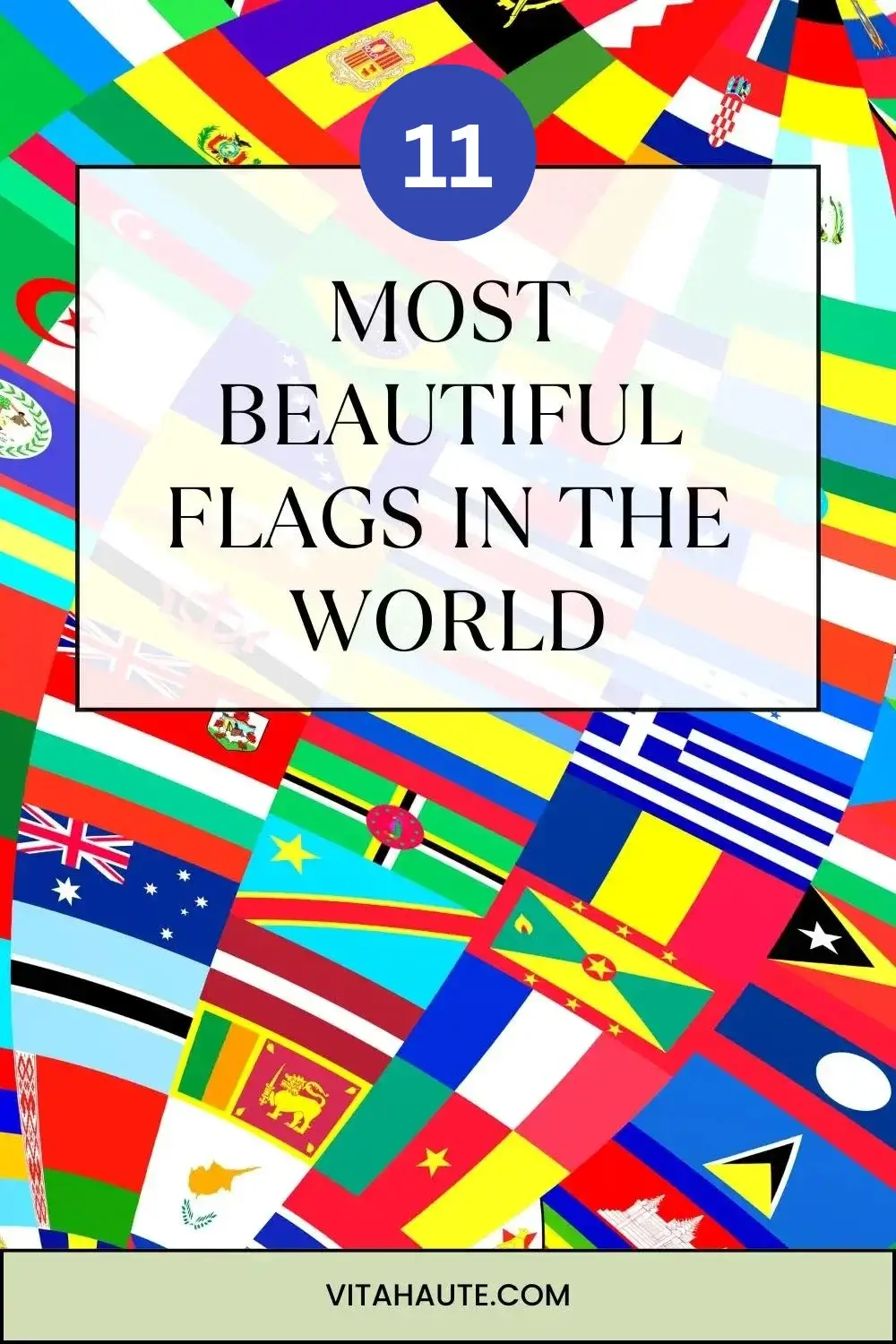
1. Curaçao
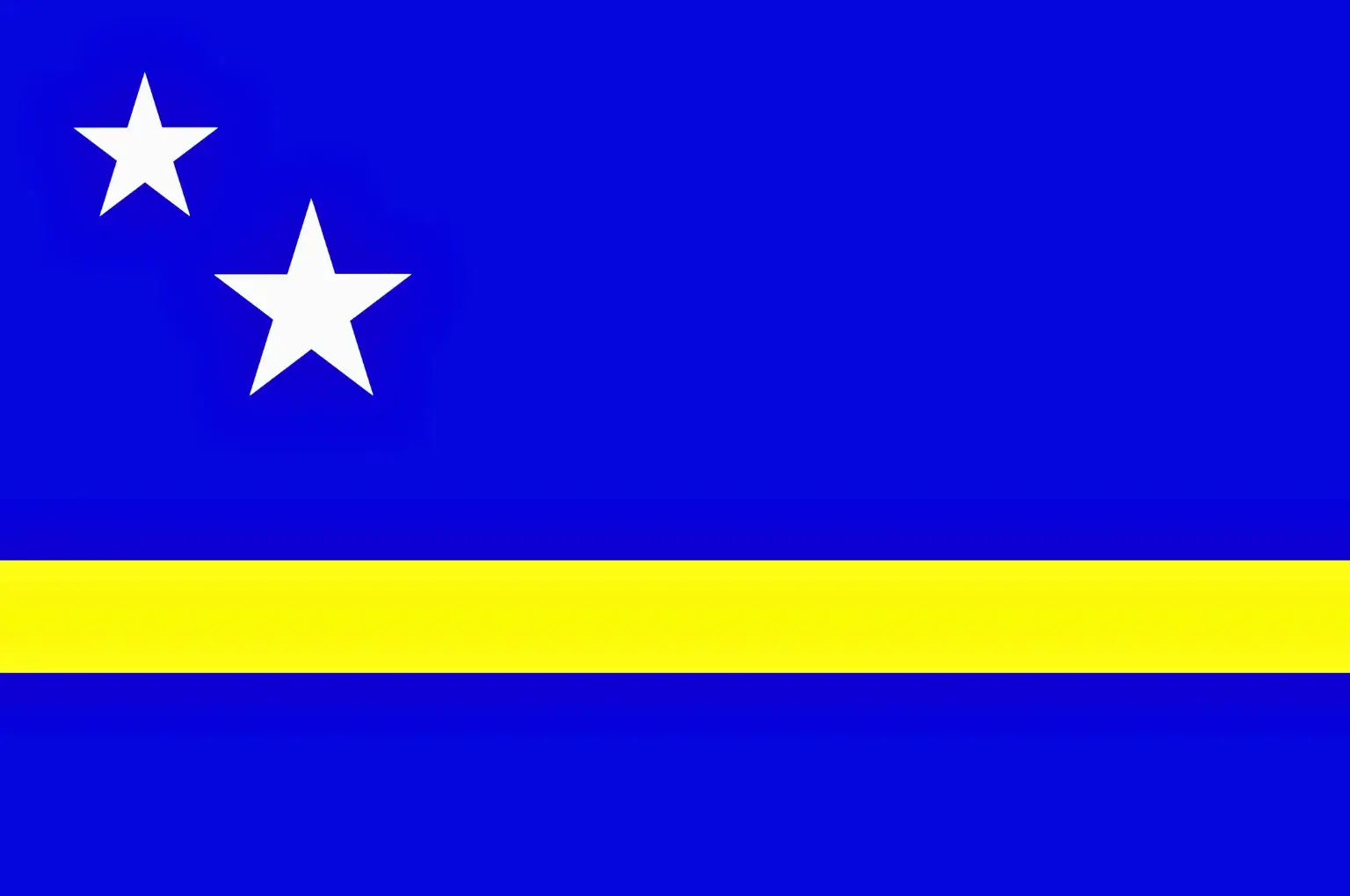
The national flag of Curaçao, adopted on July 2, 1984, represents the country and the former Netherlands Antilles. It features a blue field with a horizontal yellow stripe near the midline and two white five-pointed stars in the canton. The blue symbolizes the sea and sky, the yellow stripe represents the sun, and the stars denote Curaçao and Klein Curaçao, with their five points symbolizing the continents of the island’s people. The flag’s design was chosen from 2,000 submissions after Aruba adopted its own flag, and it has proportions of 2:3 with specific color shades of Pantone 280 and 102.
2. Brazil
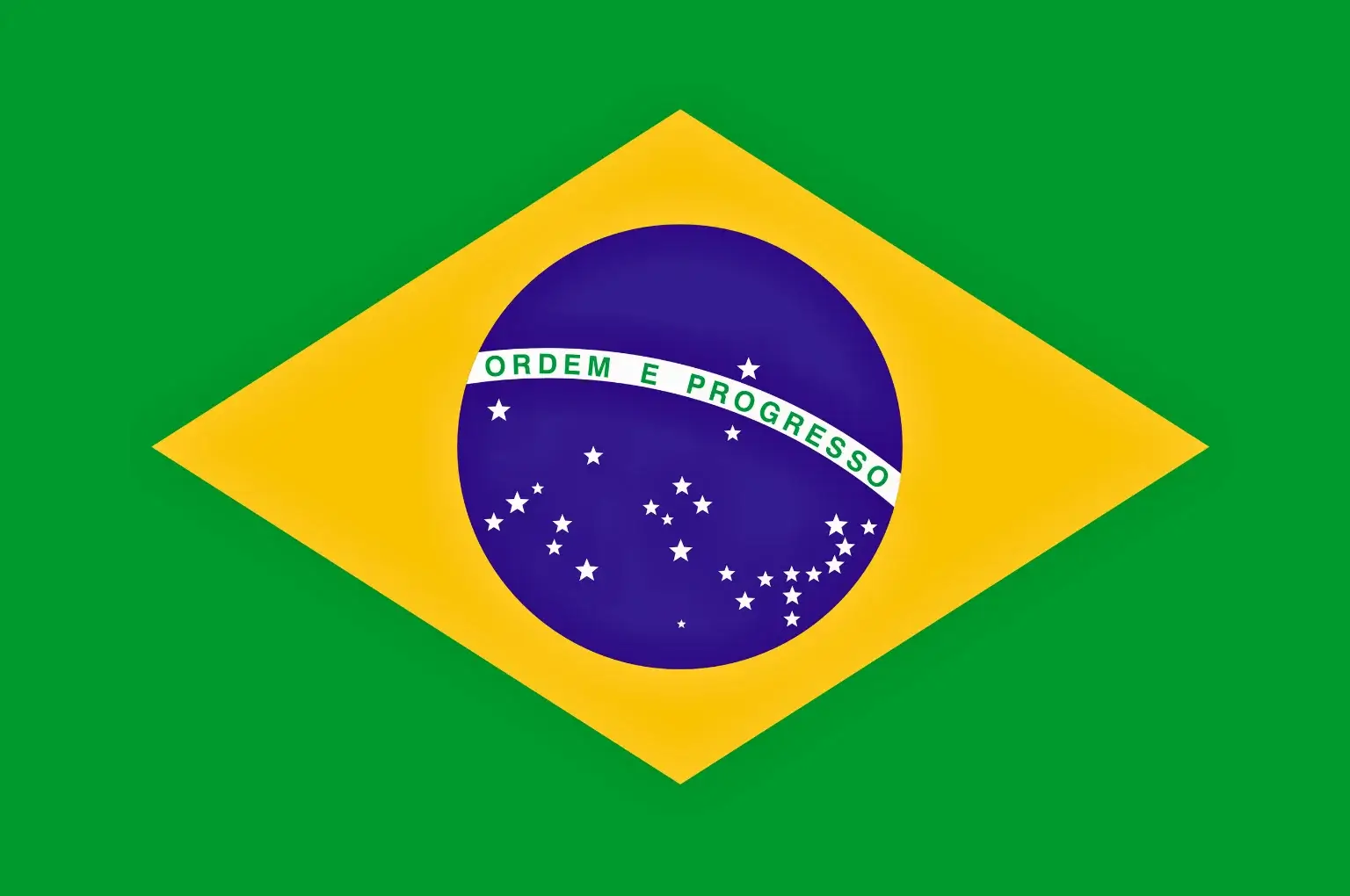
The flag of Brazil features a striking design: a green field with a large yellow rhombus in the center, within which is a blue disc depicting the night sky. This blue disc is adorned with 27 white five-pointed stars, representing the Brazilian states and the Federal District, and is crossed by a white band bearing the national motto “Ordem e Progresso” (“Order and Progress”). The green and yellow colors reflect Brazil’s imperial heritage, symbolizing the House of Braganza and the House of Habsburg. The blue disc and stars symbolize the sky over Rio de Janeiro at the time of the Republic’s founding on November 15, 1889. The flag’s design was finalized to reflect the celestial globe as it would appear from Earth, with stars positioned to represent Brazil’s geographical regions and the constellation of the Southern Cross prominently featured.
3. Japan
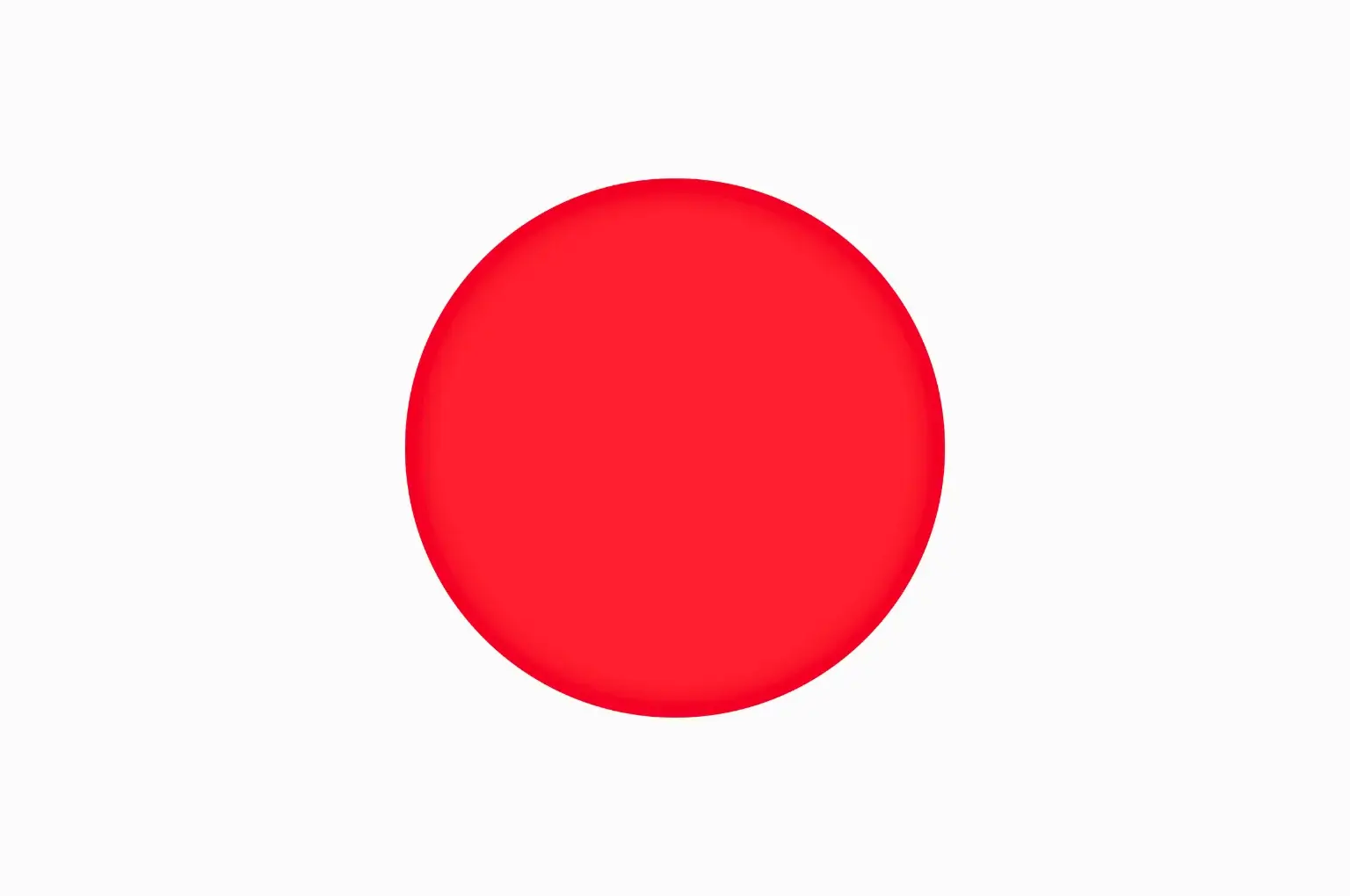
Japan’s flag, known as the Hinomaru (“Ball of the Sun”), features a white field with a central crimson circle, symbolizing the sun. Officially designated as the Nisshoki (“Flag of the Sun”) in the Act on National Flag and Anthem enacted on August 13, 1999, it had been Japan’s de facto flag since the Meiji Restoration. Its origins trace back to ancient Japan, where sun motifs were significant in both religion and imperial symbolism. The flag has a ratio of 2:3. The diameter of the sun disc is three-fifths of the height of the flag, and the disc is centered on the flag. The white background represents purity and honesty, while the red circle symbolizes the sun, reflecting Japan’s nickname as the “Land of the Rising Sun.” The design and proportions of the flag were officially standardized in the 1999 law, which updated earlier specifications from 1870.
4. Latvia
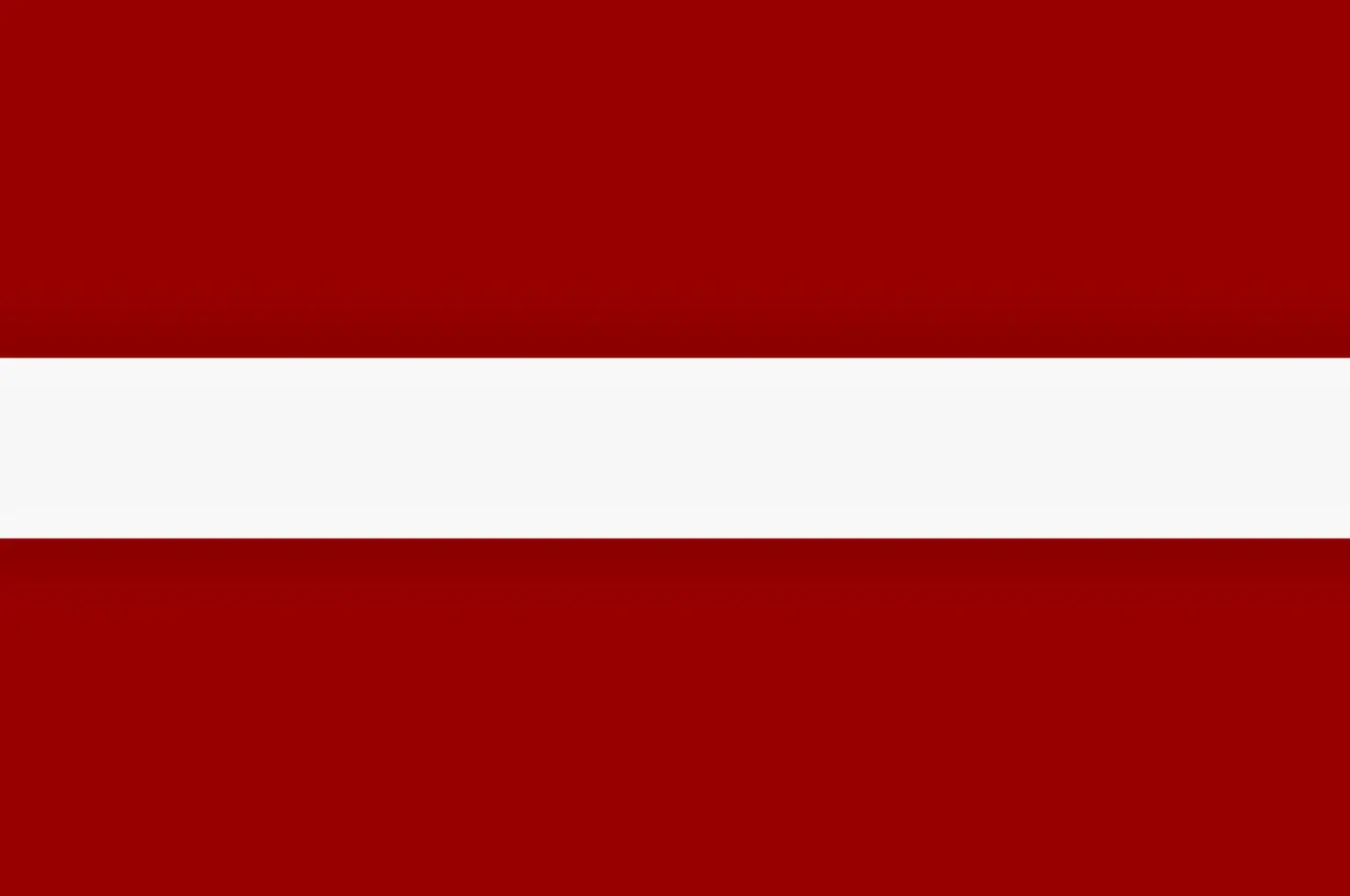
The national flag of Latvia, known as Latvijas karogs, features a carmine red field bisected by a narrow white stripe, with a proportion of 1:2. The design, attributed to Ansis Cīrulis, was officially adopted on June 15, 1921, and restored on February 27, 1990, after the period of Soviet occupation. The red color symbolizes the Latvians’ readiness to sacrifice for their freedom, while the white stripe is said to represent the blood-stained sheet of a wounded Latgalian leader, as per legend. The flag’s specifications have been updated over time, with the most recent standardization occurring on January 1, 2019, ensuring consistent color representation across different mediums.
5. Marshall Islands
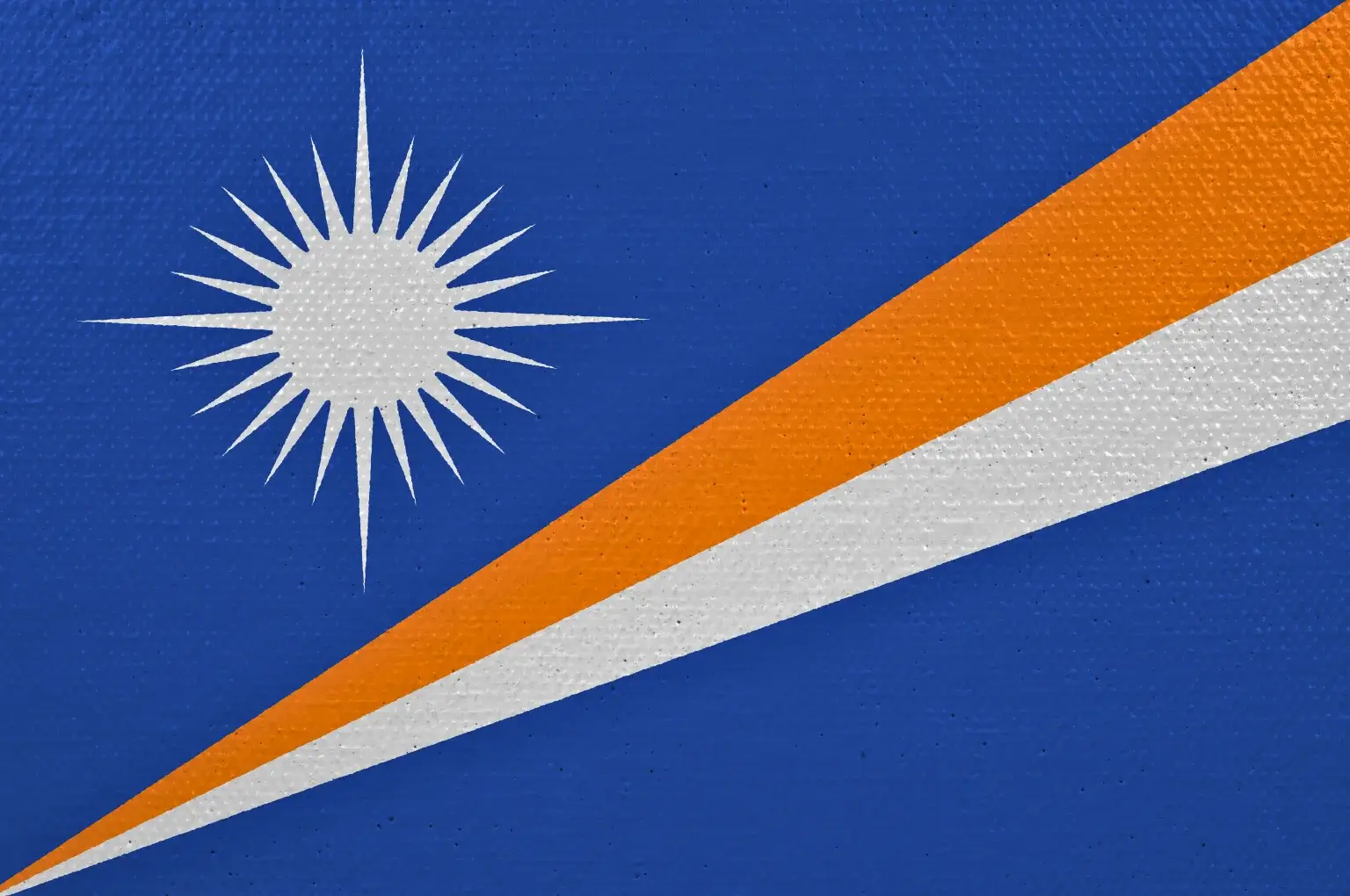
The flag of the Marshall Islands, adopted on May 1, 1979, was designed by Emlain Kabua. It features a blue field with two diagonal stripes of orange and white radiating from the lower hoist-side corner to the upper fly-side corner, symbolizing the Ratak Chain (“sunrise”) and the Ralik Chain (“sunset”), as well as peace and courage. A large white star with four large rays and twenty small rays is located in the upper hoist-side corner, representing the Northern Hemisphere archipelago and the nation’s 24 electoral districts, with the four elongated rays indicating the main cultural centers of Majuro, Jaluit, Wotje, and Ebeye. The flag, symbolizing the islands’ place within the ocean, was highly rated in a 2001 North American Vexillological Association poll.
6. Morocco
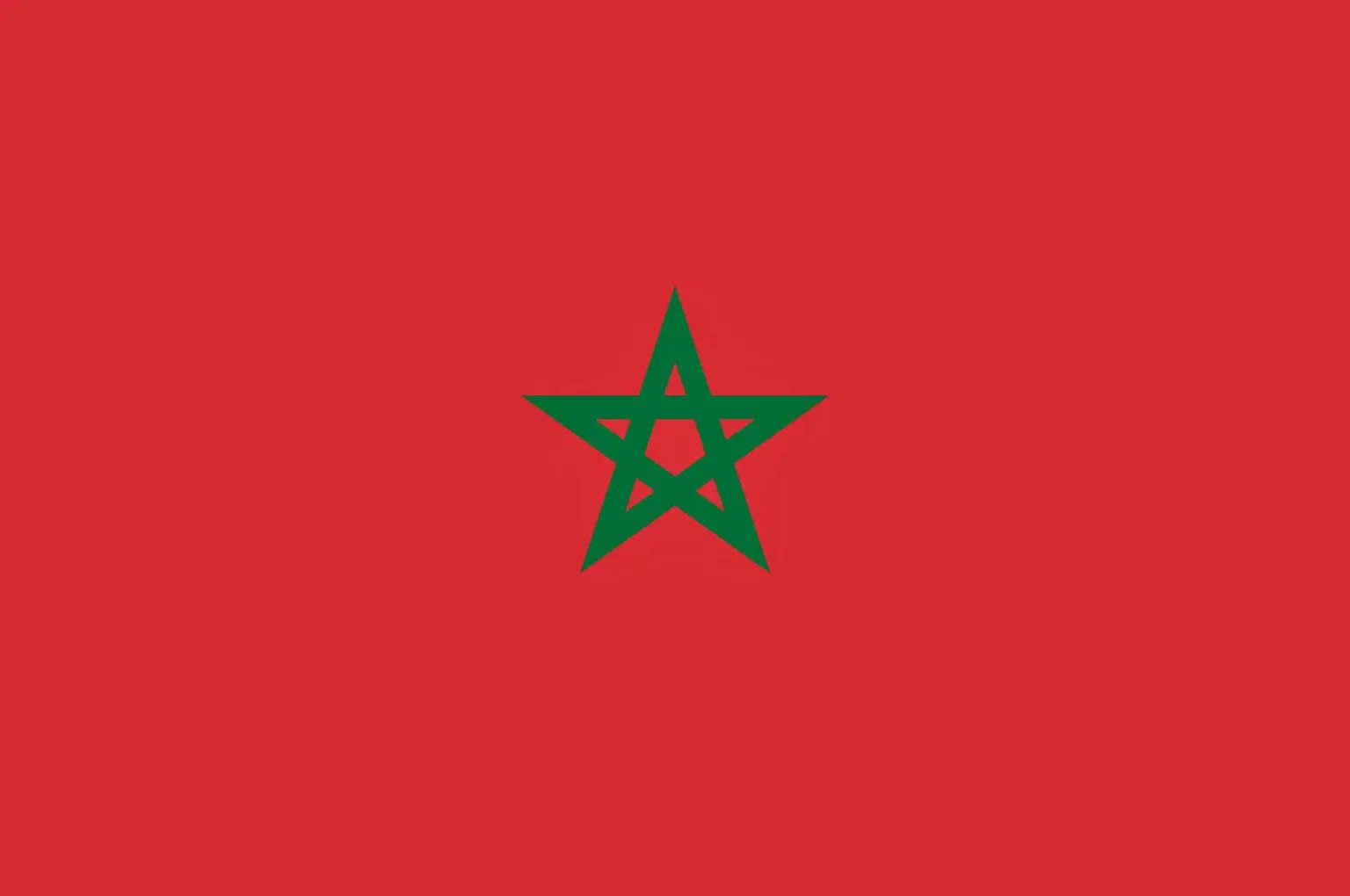
Morocco national’s flag, adopted on November 17, 1915, features a red field with a green pentagram at its center. The flag was designed by Sultan Mawlay Yusef and remained in use even during the French and Spanish protectorates, though it was restricted to inland use. After Morocco’s independence in 1955, it was reinstated as the national flag. The colors are defined as bright red and palm green, though precise hues are not specified by law.
7. Nepal
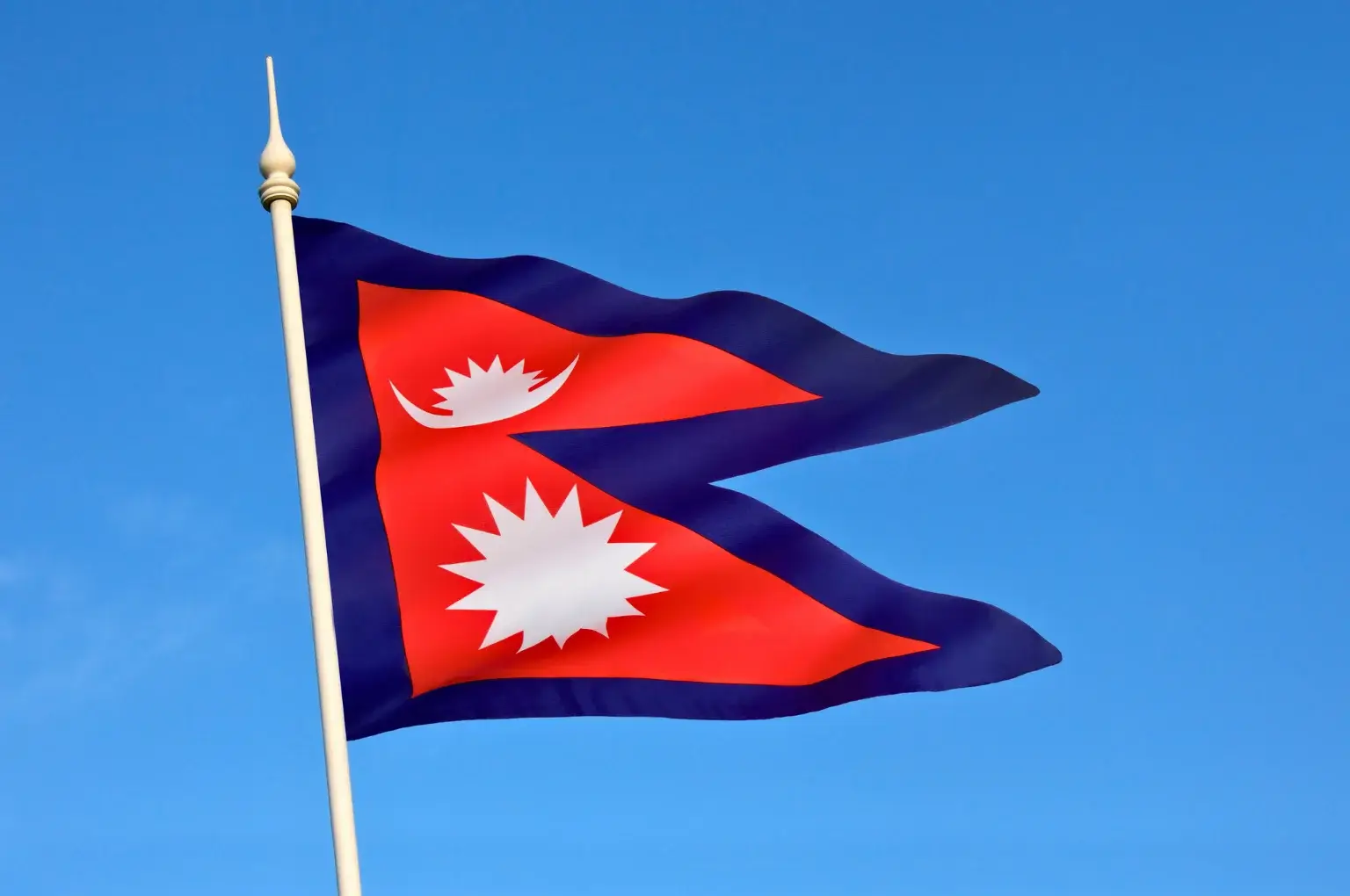
The national flag of Nepal is unique as the world’s only non-rectangular flag. Adopted on December 16, 1962, it consists of two juxtaposed triangular pennons with a crimson red base symbolizing bravery and the rhododendron, Nepal’s national flower, and a deep blue border representing peace. The flag’s upper triangle features a white crescent moon with eight rays, while the lower triangle displays a white sun with twelve rays. Historically, the flag evolved from triangular designs used in South Asia and was modernized in 1962 to remove human faces from the celestial symbols. The flag’s design incorporates traditional elements from the Gorkha and Mustang kingdoms, reflecting Nepal’s rich cultural heritage.
8. Panama
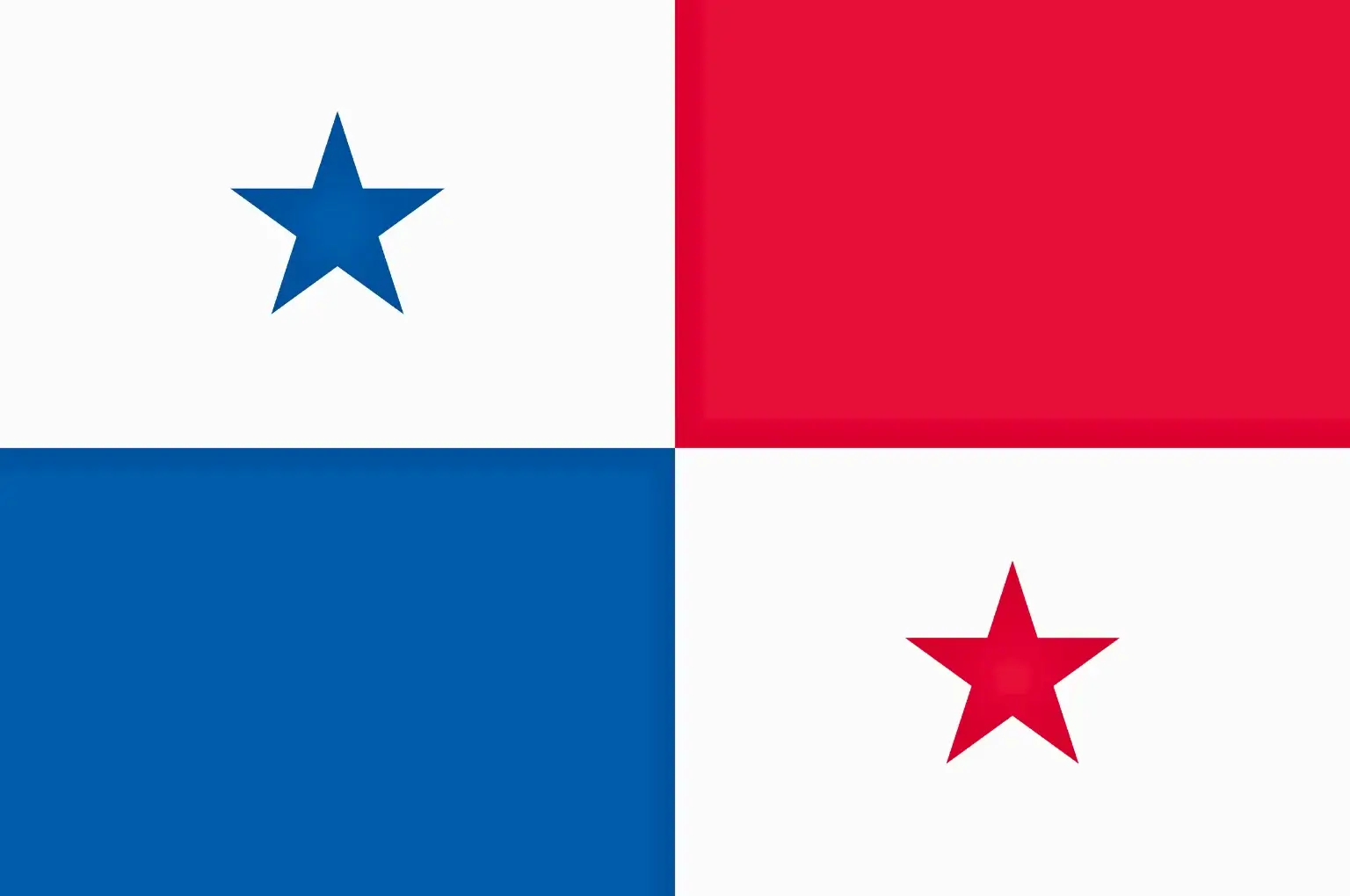
Panama’s flag, adopted on March 25, 1925, was designed by María de la Ossa de Amador, the country’s inaugural First Lady. It features a divided rectangle into four quarters: a white field with a blue star in the top left, a red field in the top right, a blue field in the bottom left, and a white field with a red star in the bottom right. The colors and symbols reflect the political history of Panama, with blue representing the Conservatives, red representing the Liberals, and white symbolizing peace. The flag’s design reflects Panama’s separation from Colombia and its political heritage, with its current configuration replacing an earlier version that had a blue top left quadrant.
9. Somalia
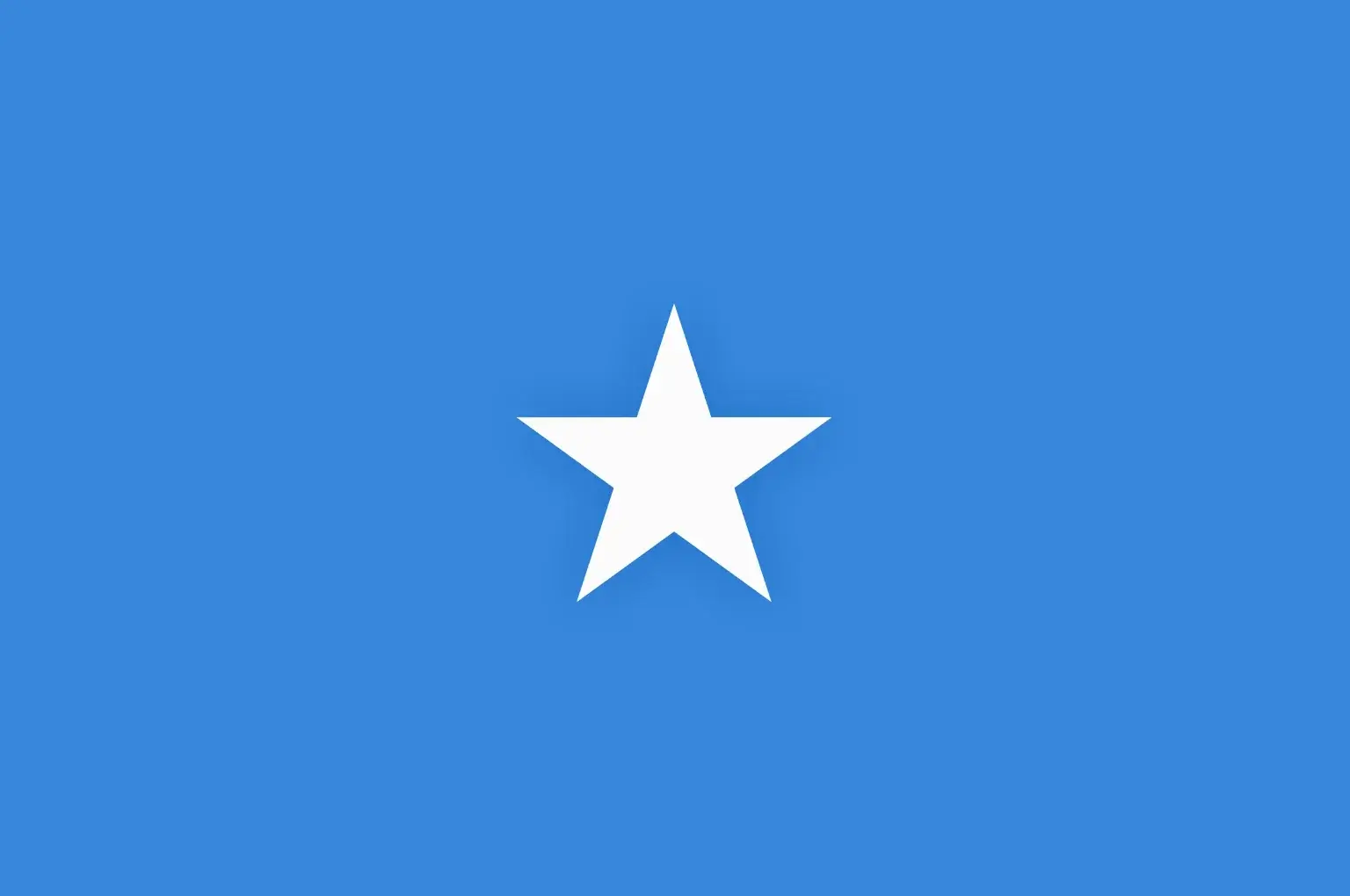
Somalia’s flag, adopted on October 12, 1954, was designed by Mohammed Awale Liban. It features a white five-pointed star centered on a cyan field. The star symbolizes the five regions with significant Somali populations: Djibouti, Somaliland, the Somali region in Ethiopia, the North Eastern Province in Kenya, and Somalia itself. Initially used in the Trust Territory of Somaliland and later by the Somali Republic, the flag’s blue color also honors the United Nations for its role in the country’s formation. The flag has become a symbol of Somali unity and national identity.
10. Portugal
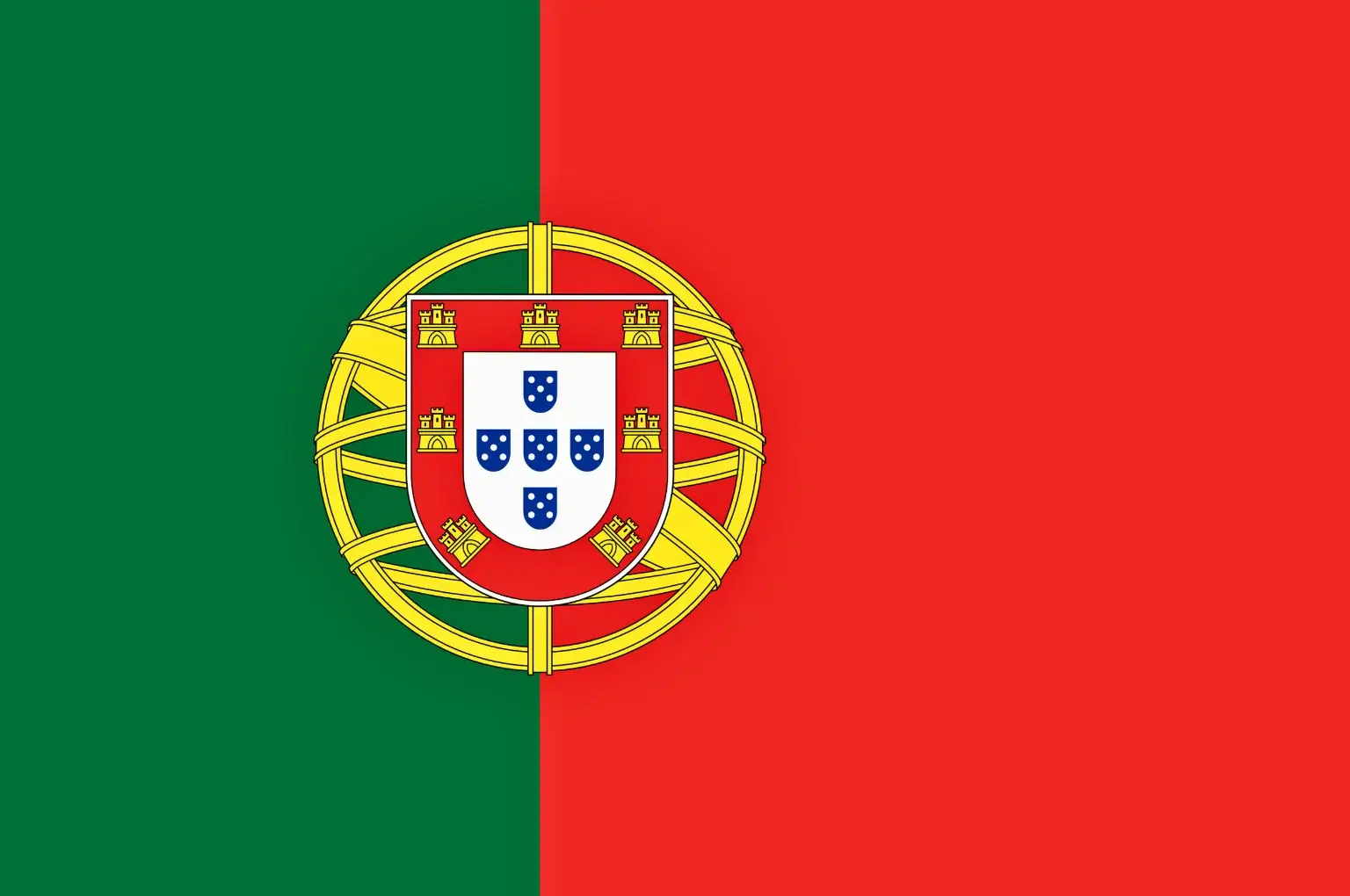
The national flag of Portugal, officially adopted on June 30, 1911, features a green and red bicolor with the national coat of arms centered over the boundary of the colors. The green symbolizes hope, while red represents the blood shed for the nation. The coat of arms includes an armillary sphere and the Portuguese shield, which highlights historical symbols of Portuguese maritime exploration and victories. This design marked a significant shift from the monarchical flags, symbolizing the country’s republican values following the 1910 revolution. The green and red colors had previously been used by the Portuguese Republican Party, and their adoption in the national flag emphasized the break from the old regime. The symbols within the coat of arms also reflect Portugal’s rich historical legacy and its role in global navigation and discovery.
Uruguay
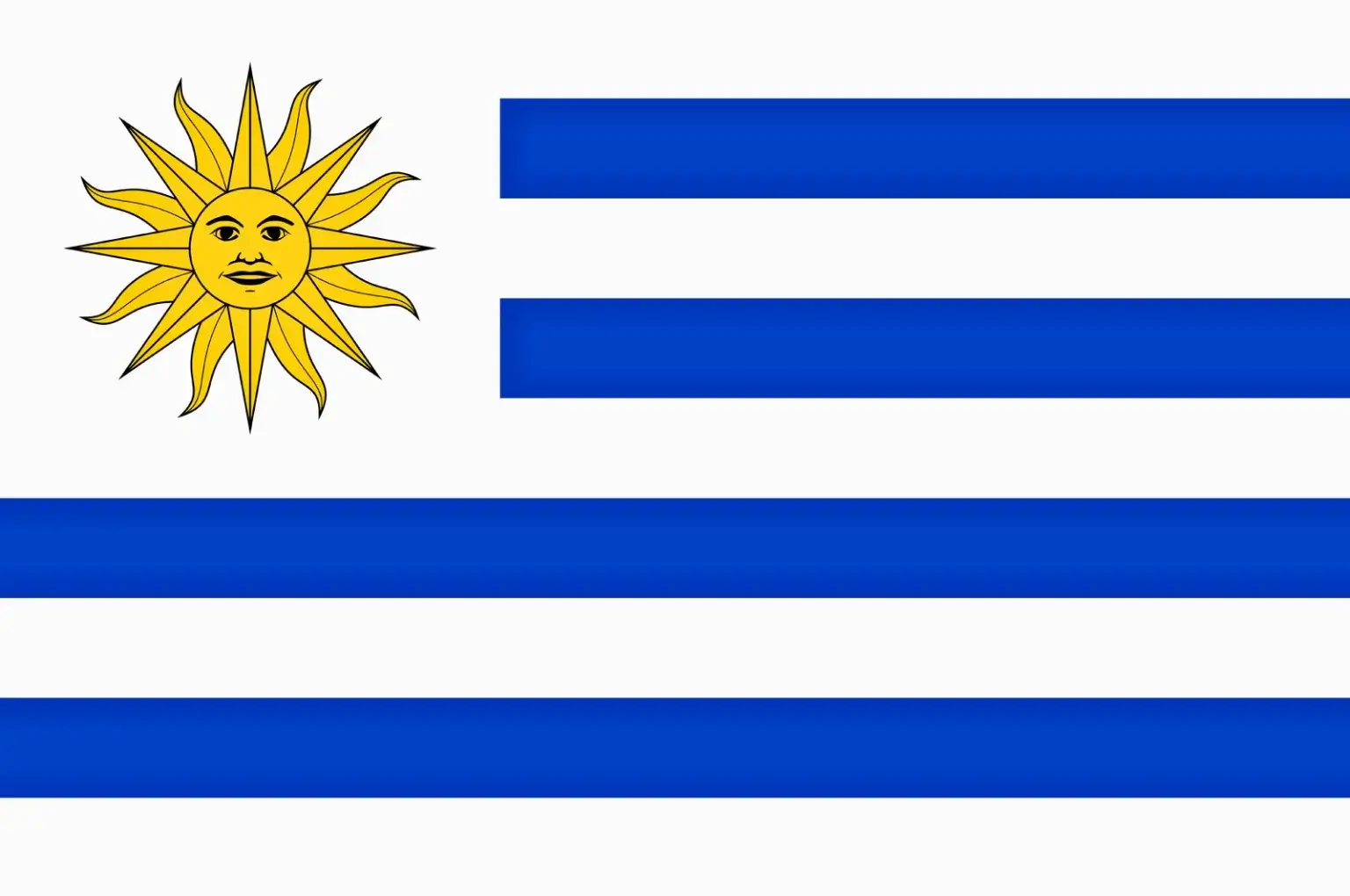
The flag of Uruguay, also known as the Pabellón Nacional, features nine horizontal stripes alternating between white and blue, symbolizing the original nine departments of the country. In the canton, a white square contains the Sun of May, with 16 alternating triangular and wavy rays, representing the May Revolution of 1810 and Inti, the Incan sun god. Originally adopted on December 18, 1828, the flag initially had 19 stripes, but this was reduced to nine on July 11, 1830. The design, inspired by the flags of the United States and Argentina, was created by Joaquín Suárez. The colors typically used are yellow, brown, blue, and white, though their exact hues are not legally defined.
